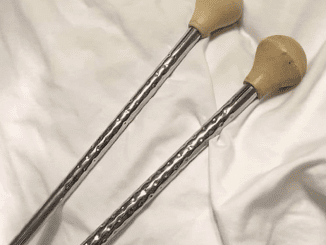In the early 20th century, there was a growing interest in self-care and wellness. As people became more conscious of their health, the idea of incorporating spa-like treatments into daily routines gained popularity. Foot massagers, which were initially simple tools made of wood or metal, were marketed as essential devices for those looking to relieve foot pain and tension at home.
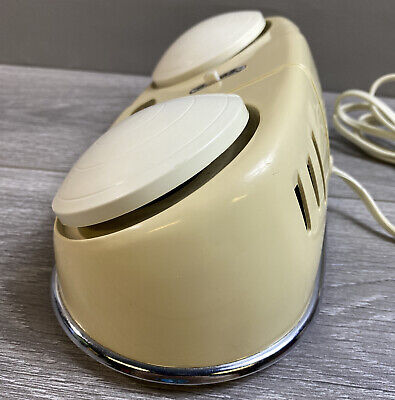
The earliest foot massagers were manual devices, often featuring wooden rollers or metal mechanisms. These simple yet effective tools allowed users to apply pressure to different areas of the foot, stimulating circulation and relieving stress. This was particularly important for people who spent long hours on their feet, whether for work or leisure.
By the mid-20th century, foot massagers had become household essentials. Their popularity reflected the broader cultural shift toward personal well-being and the desire to bring professional wellness treatments into the home. Advertisements from this era often highlighted the health benefits of regular foot massages, positioning these devices as vital tools for relaxation and recovery.
As technology advanced, so did the design of foot massagers. Electric models began to emerge, offering users greater convenience and more effective foot care. These devices featured vibrating plates, rotating discs, or kneading mechanisms, allowing for consistent pressure and motion without requiring physical effort. Electric foot massagers quickly became popular for their ease of use and enhanced therapeutic benefits.
The earliest foot massagers required manual operation. Users would roll their feet over wooden or metal rollers, applying varying degrees of pressure to stimulate different parts of the foot. This technique, based on the principles of reflexology, was believed to relieve tension not only in the feet but also throughout the body. Despite their simplicity, these manual devices were highly effective for those seeking relief from foot pain and discomfort.
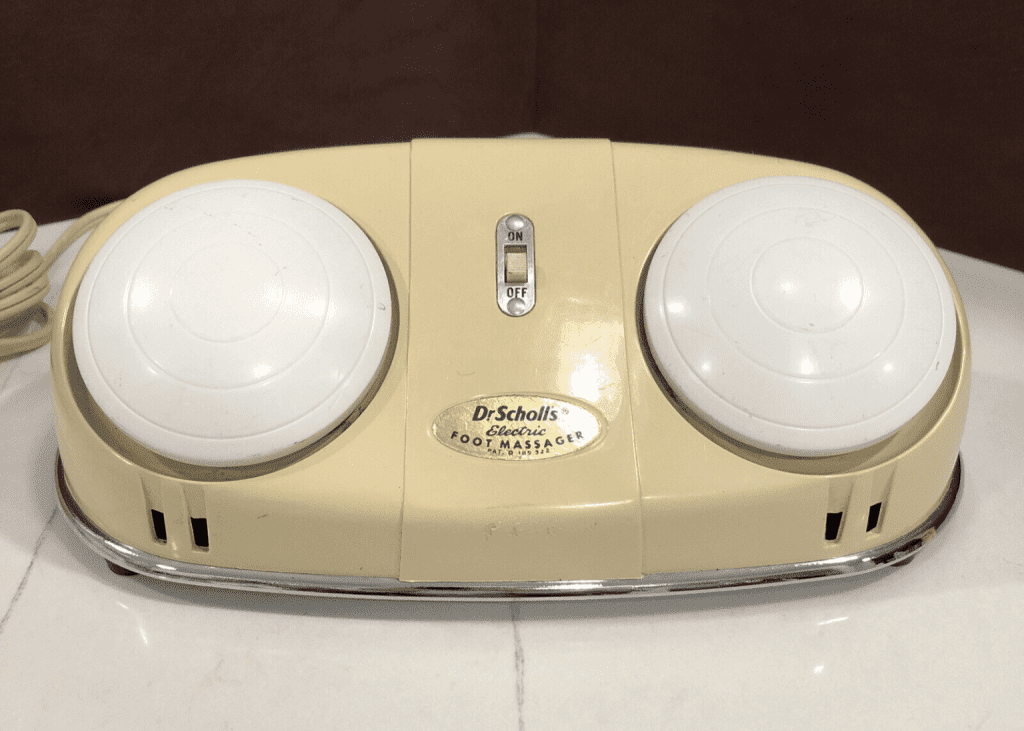
Electric foot massagers represented a significant leap forward in home wellness. These devices automated the massaging process, providing consistent and targeted relief with minimal effort from the user. The introduction of electric foot massagers made it easier for people to incorporate foot care into their daily routines, further cementing the importance of self-care in everyday life.
Both manual and electric vintage foot massagers offered a range of therapeutic benefits. Regular use of these devices helped alleviate common foot ailments such as soreness, stiffness, and swelling. Improved blood circulation, reduced stress, and overall wellness were among the key benefits, making foot massagers a valuable addition to any home.
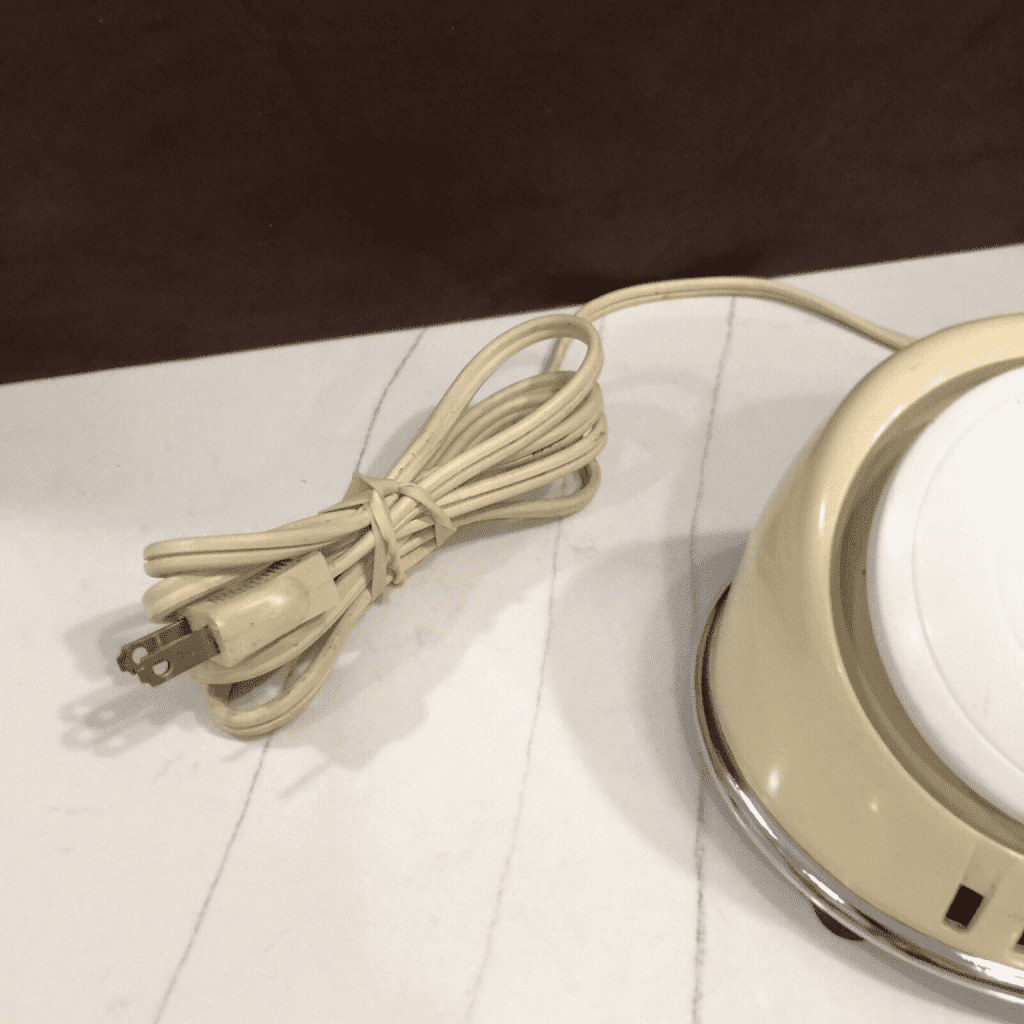
The innovations introduced by vintage foot massagers have had a lasting impact on the wellness industry. Today’s advanced foot massagers, equipped with features like heat, shiatsu, and air compression, owe much to the early designs that first brought foot care into the home. The focus on foot health and relaxation that began with these vintage devices continues to shape modern wellness practices.
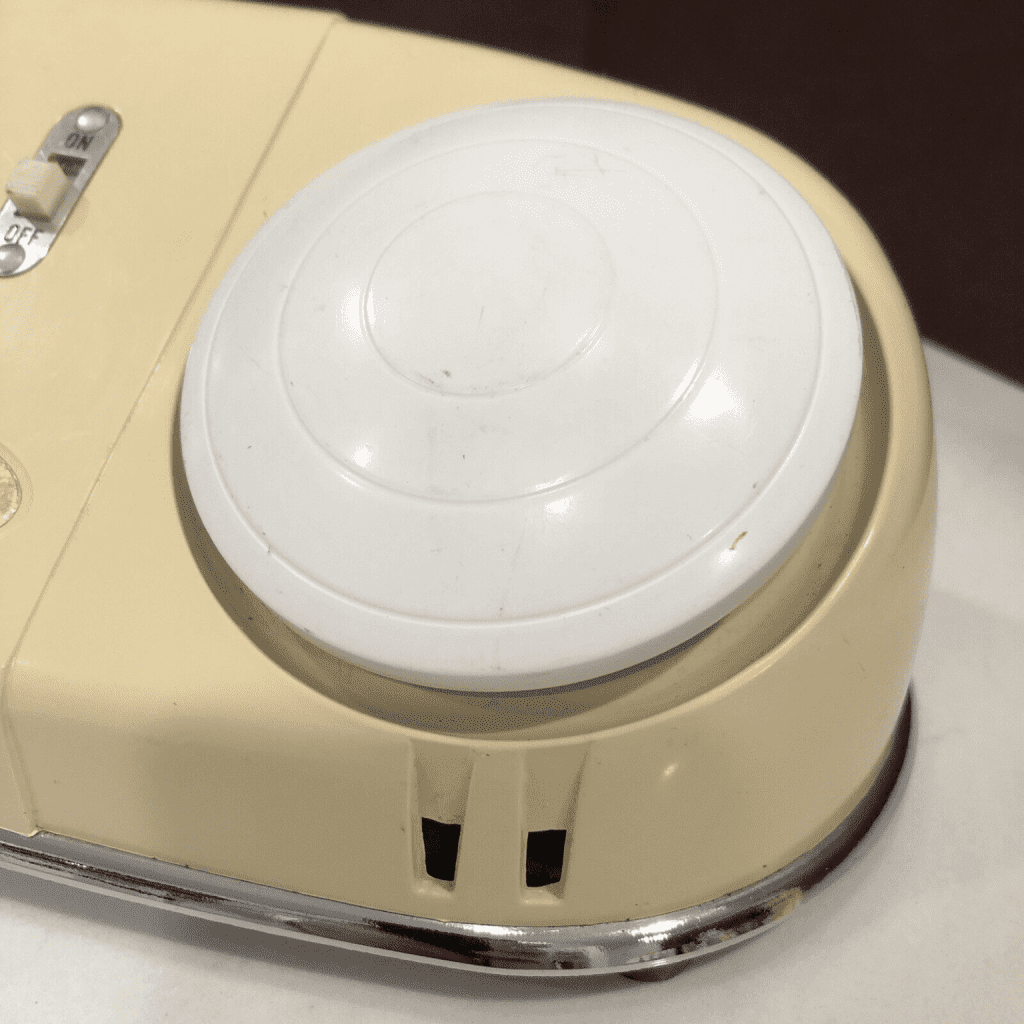
Today, vintage foot massagers are more than just functional tools; they are prized collectibles. Enthusiasts appreciate these devices for their craftsmanship, durability, and the nostalgia they evoke. Vintage foot massagers, often crafted from wood and metal, represent a bygone era of home healthcare and serve as reminders of the innovations that laid the groundwork for today’s wellness technologies.
The popularity of vintage foot massagers in the mid-20th century reflected a broader cultural shift toward accessible self-care. These devices embodied the idea that wellness could be achieved at home, without the need for expensive spa visits or professional treatments. This legacy has continued to influence contemporary attitudes toward health and relaxation, making self-care a central aspect of modern life.
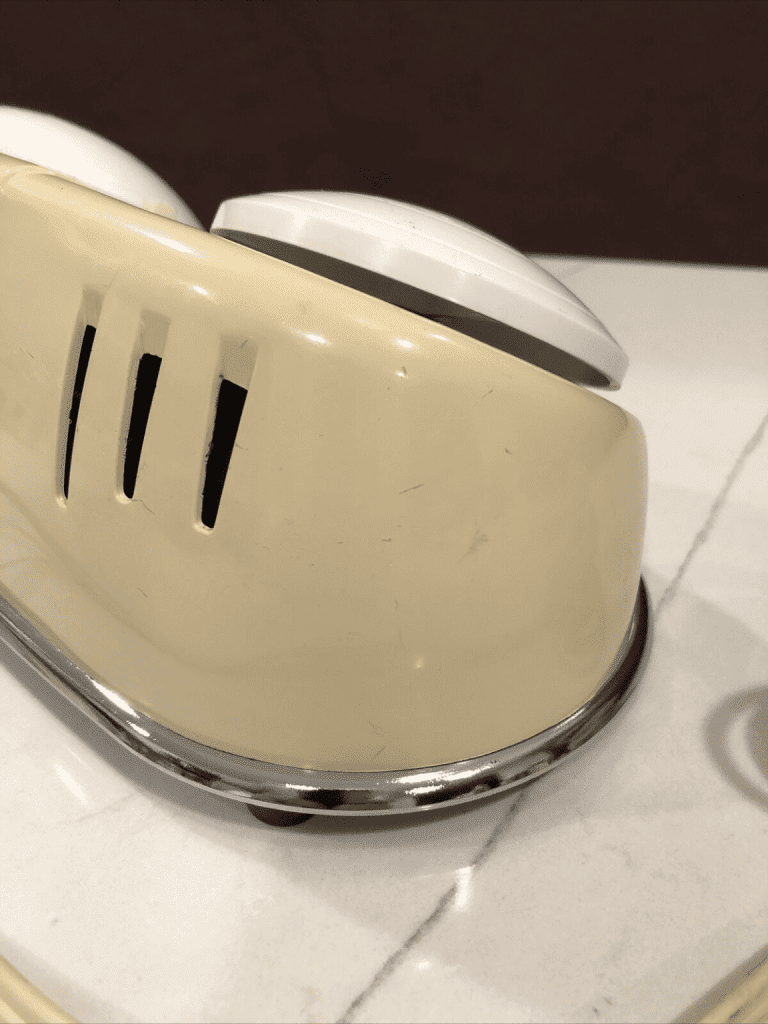
Vintage foot massagers hold a significant place in the history of self-care and personal wellness. Their evolution from simple manual devices to sophisticated electric models highlights the growing importance of foot health in everyday life. Whether cherished as functional tools or valued as nostalgic collectibles, these devices continue to be celebrated for their contribution to the evolution of home healthcare. As we look back on the history of vintage foot massagers, it’s clear that their impact extends far beyond their original purpose, influencing how we approach self-care and wellness today.


